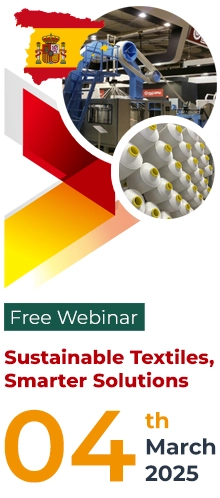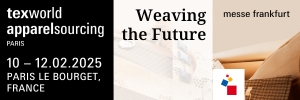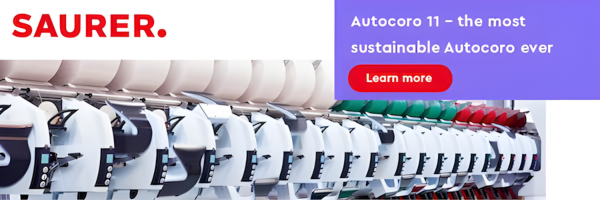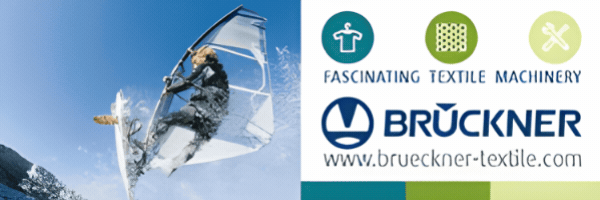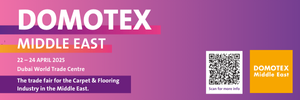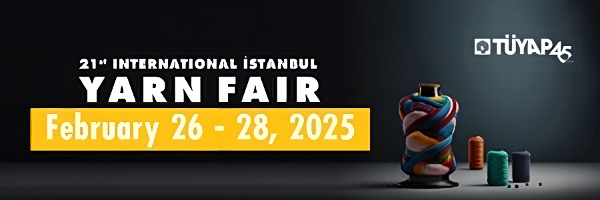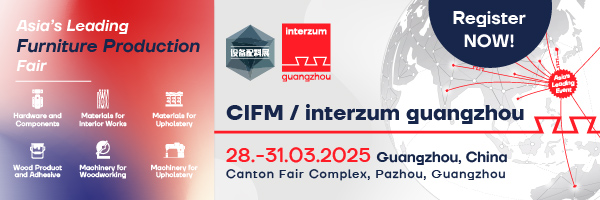- Middle east geopolitical situation and natural resources; An advantage for textile investment
- Historical background in textile and textile production
- Middle east; a region with high potential for textile investment
Middle Eastern Textiles
Middle east geopolitical situation and natural resources; An advantage for textile Investment
The Middle East has a significant geopolitical situation in the world especially for natural reserves which is very important in the textile and synthetic fibre industry.
Iran and Saudi Arabia are two leaders in the region. most of synthetic fibres like polyester fibres, spandex, acrylic fibres, nylon fibres, polypropylene, synthetic films and … directly rely on oil, gas and petrochemical products which are easily accessible by Middle Eastern countries.
SABIC Saudi Arabia and Iran national oil company are the biggest player in petrochemical products in the region and world.
This advantage is more remarkable when we know the demand for synthetic fibres in the last decade shows a new record with more than 30% increase in production and consumption.
Textile industry in all sectors from the garment and apparel industry to nonwoven, technical textiles and carpet are more affiliate to synthetic fibres for making innovative, practical and of course cheap products to respond to market demand.
Middle east and north Africa has more than 500 million population that presents a big enough market for textile brands and textile investors.
The population growth rate in MENA region is higher than Europe, America and even Asia and most of the population are young and naturally need to move textile products.
Historical background in textile and textile production
The Middle East has an old history in textile and textile products such as countries Iran, Turkey and Egypt have thousand years experience in the textile industry.
For example, textile arts exist in Iran as early as 10th BCE and fabric design, fabric dying, carpet weaving (Pazyryk Rug) and etc move to us as ancestral heritage. Middle east historical studies in textile show us textile has strong roots in middle eastern culture and daily life, that can be a significant milestone for the development of the textile industry in the region.
In the early Islamic period, the textile design was derived from that of their predecessors, but Islamic cultures soon evolved their own forms of expression.
During the Middle Ages, Middle East Textile was highly prized goods that in due course stimulated the development of indigenous European production.

Middle East; a region with high potential for textile investment
In the Middle East and North Africa there are high potential countries for investment in the past 10 years middle east and north Africa hosts many investments in big projects like international hotels, trade and residential centres, housing, expo and convention centres, infrastructures and … which bring s huge demand for many textile products from carpet and flooring to home textile and geotextiles.
However, turkey in recent years as a hub for new investment in the textile and garment industry still is ready for new textile factories and renewing old machinery.
In other undeveloped countries in the textile industry like Egypt and Iran there is a very bright future because of many advantages in textile and apparel industry like low labor cost, low energy cost and production cost, access to raw material especially for synthetic fibre production, skilled workforce and … that is a bargaining chip fr textile industry development. the Middle East Textile industry needs huge investment in the near future.
In recent years many Middle Eastern brands in textile and garment, carpet and flooring and other textile sectors export their products to the international markets in Europe, us and other parts of the world.




